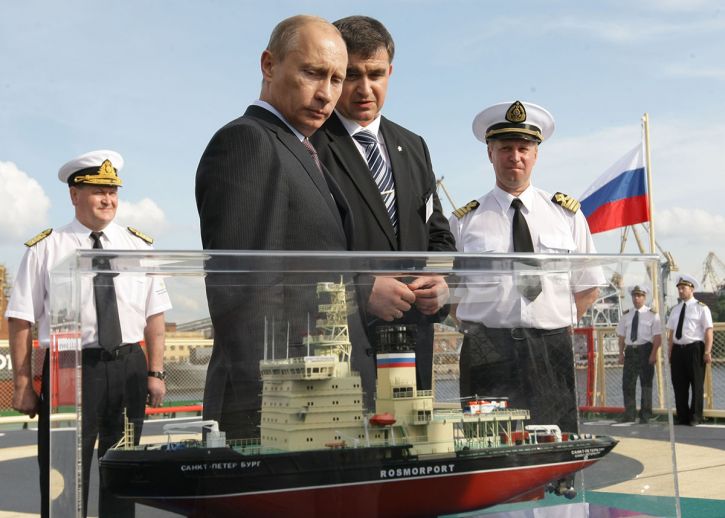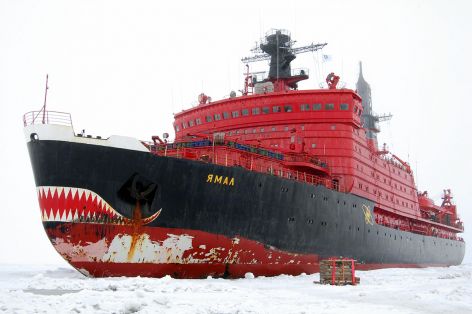
Putin's Arctic Power Play: A New Front in Cold War II
Russia's Arctic dominance represents a significant shift in global power dynamics, particularly in the context of what many consider a second Cold War. The Arctic region has become a critical battleground due to its vast natural resources and strategic importance.
Russia currently maintains 40 operational icebreakers (with six more under construction), while the United States has only two. This disparity gives Russia significant advantages in Arctic access and control.

Putin stands in snowy Arctic landscape
The Arctic's strategic importance stems from several factors:
- Contains 1.7 trillion cubic feet of natural gas reserves
- Holds over 90 billion barrels of oil
- Rich in minerals including iron, uranium, platinum, and gold
- Controls northern sea route between Europe and China
- May be seasonally ice-free by 2030
Russia has already claimed over 460,000 square miles of Arctic territory through the UN and began large-scale military exercises in the region. This expansion occurs while Western nations, particularly the United States, face military downsizing and reduced global influence.

Russian warship in Arctic waters
Unlike the first Cold War, where the United States emerged victorious through economic and military superiority, today's geopolitical landscape shows a declining American influence. Russia continues to strengthen ties with China and other Asian nations while challenging Western interests globally.
The Arctic situation exemplifies broader shifts in global power dynamics, with Russia's assertive territorial claims and military presence indicating a new era of international competition for resources and strategic positioning in the region.
This development coincides with growing tensions between major world powers and increasing military encounters between Russian and Western forces, suggesting a continued escalation of global strategic competition.
Related Articles

Germany's Growing Power: The Emergence of a New European Leader

